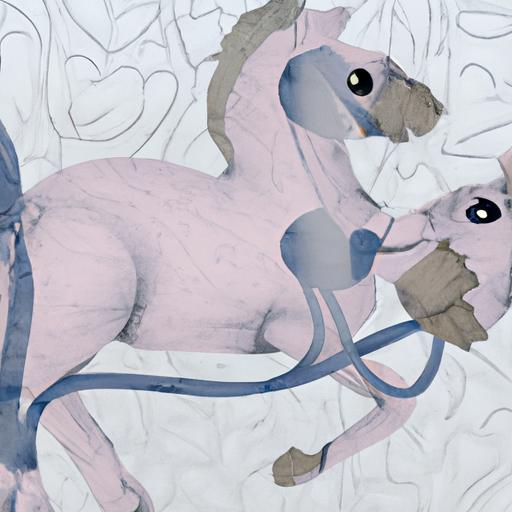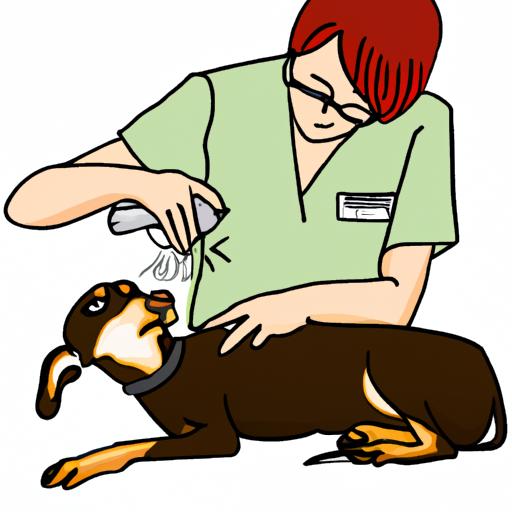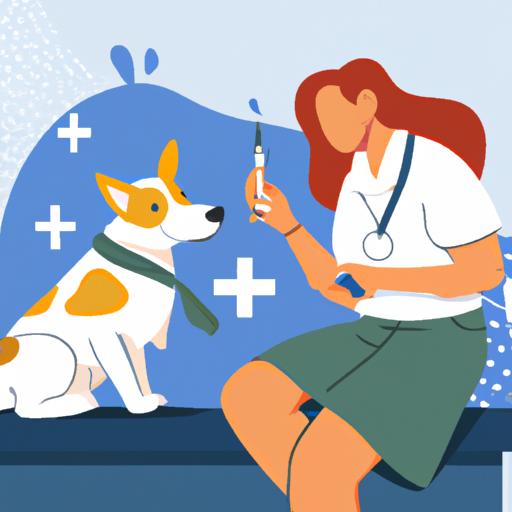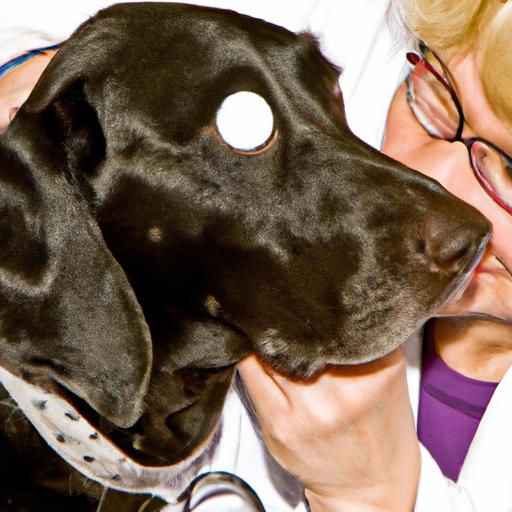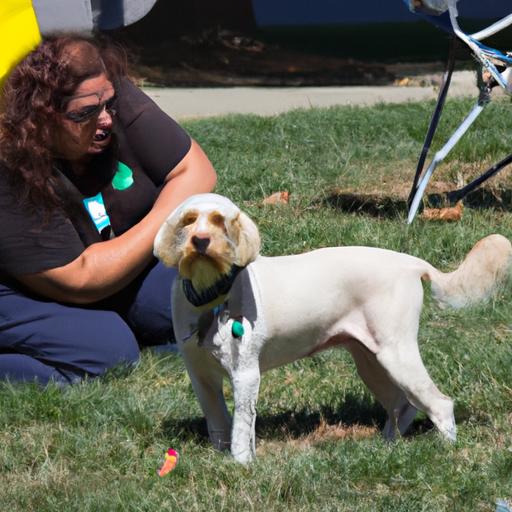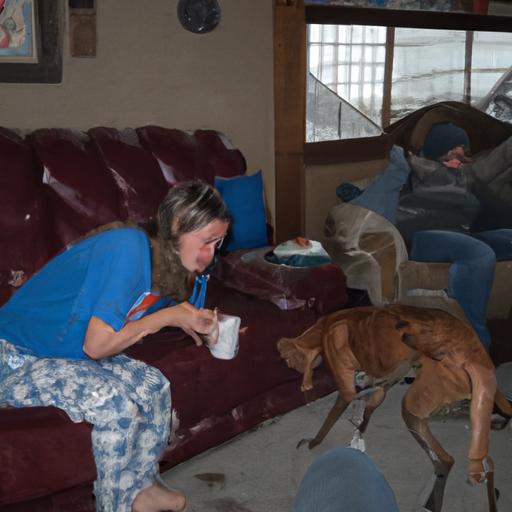
Canine Leishmaniasis: Understanding Transmission
Learn about Canine Leishmaniasis transmission and prevention methods. Understand how this disease spreads and protect your furry friend’s health.
Introduction
When it comes to the health and well-being of our furry friends, understanding potential diseases and their transmission is crucial. One such disease that requires our attention is Canine Leishmaniasis. In this article, we will delve into the intricate details of Canine Leishmaniasis transmission and explore the various aspects surrounding this disease.
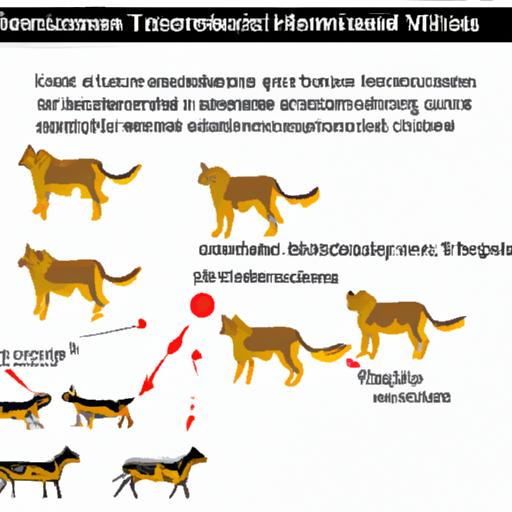
Understanding Canine Leishmaniasis Transmission
Canine Leishmaniasis is primarily transmitted through specific vectors and occasionally through other rare routes. By comprehending these transmission methods, we can take proactive measures to protect our beloved pets.
1. Vector-Borne Transmission
The main mode of Canine Leishmaniasis transmission is through the bite of infected sandflies. These tiny, blood-sucking insects act as vectors, carrying the Leishmania parasite from one host to another.
a. Role of Sandflies
Sandflies, typically found in warm and humid regions, serve as the primary carriers of the Leishmania parasite. When an infected sandfly bites a healthy dog, it injects the parasites into the bloodstream, leading to infection.
b. Infected Sandflies and Their Habitat
It is essential to be aware of areas where infected sandflies are prevalent. Regions with a history of Leishmaniasis cases, such as parts of the Mediterranean, South America, and the Middle East, pose a higher risk. Taking precautions such as using insect repellents, protective clothing, and keeping dogs indoors during peak sandfly activity hours can help reduce the likelihood of transmission.
2. Vertical Transmission
In addition to vector-borne transmission, Canine Leishmaniasis can also be transmitted vertically from an infected mother to her puppies. This transmission route highlights the importance of understanding the health status of breeding dogs and the potential risks involved.
a. Transmission from Mother to Puppies
Puppies can contract Canine Leishmaniasis from their infected mothers either during pregnancy or through the consumption of infected milk. Identifying infected breeding dogs and implementing appropriate preventive measures can significantly reduce the risk of vertical transmission.
b. Implications for Breeding
Breeders and dog owners must prioritize the health screening and testing of potential breeding dogs. By ensuring only healthy dogs are used for breeding, we can minimize the risk of transmitting Canine Leishmaniasis to future generations.
3. Other Rare Transmission Routes
While less common, there are a few rare transmission routes of Canine Leishmaniasis that are worth mentioning.
a. Blood Transfusion
In extremely rare cases, Canine Leishmaniasis transmission has been reported through blood transfusions. It is crucial for veterinary professionals to screen blood donors and perform thorough testing to prevent such occurrences.
b. Organ Transplantation
Organ transplantation can also be a potential route of transmission if the donor dog is infected with Canine Leishmaniasis. Strict screening protocols should be in place to ensure the safety of organ recipients.
Frequently Asked Questions (FAQs)
To provide a comprehensive understanding of Canine Leishmaniasis transmission, let’s address some common questions frequently asked by concerned pet owners.
A. Can Canine Leishmaniasis be Transmitted to Humans?
Canine Leishmaniasis is primarily a disease affecting dogs. However, it is considered a zoonotic disease, meaning there is a potential for transmission to humans. While rare, it is essential to take precautions, such as avoiding contact with infected dogs’ open wounds or blood, to minimize the risk.
B. What are the Symptoms of Canine Leishmaniasis?
The symptoms of Canine Leishmaniasis can vary, making it challenging to diagnose. Common clinical signs include weight loss, skin lesions, hair loss, and lethargy. However, it is crucial to consult a veterinarian for a proper diagnosis, as these symptoms can overlap with other health conditions.
C. How is Canine Leishmaniasis Diagnosed?
Diagnosing Canine Leishmaniasis requires a combination of clinical examination, laboratory tests, and often the evaluation of tissue samples. Tests such as serology, PCR, and cytology play a crucial role in confirming the presence of the parasite. Early detection is vital for successful treatment and management.
D. Can Canine Leishmaniasis be Prevented?
While there is no foolproof way to prevent Canine Leishmaniasis, there are preventive measures that can significantly reduce the risk.
- In regions where sandflies are prevalent, use insect repellents and protective clothing for your dog.
- Keep dogs indoors during peak sandfly activity hours, typically dawn and dusk.
- Regularly check for sandfly bites and promptly treat any skin lesions.
- Vaccination against Canine Leishmaniasis is available in some areas and can be discussed with your veterinarian.
Conclusion
Understanding Canine Leishmaniasis transmission is crucial for safeguarding the health of our canine companions. By being aware of the primary transmission methods, such as vector-borne and vertical transmission, and taking necessary precautions, we can minimize the risk of infection. Remember to consult a veterinarian for proper diagnosis, prevention strategies, and early intervention. Let’s prioritize the well-being of our pets by staying informed and proactive in the face of Canine Leishmaniasis.
Take the necessary steps today to protect your furry friend from Canine Leishmaniasis and ensure a happy and healthy life.


